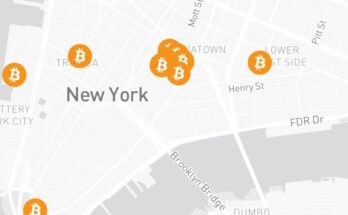Since the Covid-19 pandemic has forced many researchers out of their labs and field sites and most students from their classrooms and dorms, the process of learning about and doing science has moved almost entirely online. Lab group meetings have migrated to Zoom; office hours to Slack; manuscript writing to Google Docs. But today, all over the US and across the globe, thousands of scientists–as well as scholarly societies, journal publishers, and university departments–are hitting pause on even these virtual activities to protest anti-Black racism in the world of research.
The killing of George Floyd, a 46-year-old Black man, by Minneapolis Police Department officers on May 25 has sparked weeks of ongoing nationwide demonstrations against police brutality. But it has also forced millions of white and non-Black Americans into a reckoning with the racist systems that they participate in and benefit from. Corporations put out statements of solidarity. People posted black squares to Instagram and Twitter. Similarly milquetoast messages went out from university officials to their faculty and students. But Black scientists and their allies weren’t having it.
“We saw those and thought, ‘We don’t need your solidarity, we need your actions,'” says Brittany Kamai, an astrophysicist with a joint appointment at the University of California, Santa Cruz, and Caltech, where she studies gravitational wave instrumentation. A Native Hawaiian, Kamai is one of the organizers of the June 10 “Shut Down STEM to Strike for Black Lives,” a call for researchers to stop their work and spend the day learning about how systemic racism functions in their fields and at their institutions, and then to draft plans for eradicating those inequalities. The event was conceived and coordinated by a diverse coalition of scientists using the hashtags #Strike4BlackLives, #ShutDownSTEM, #ShutDownAcademia and #VSVillage. It is aimed at people who are not working directly on critical, Covid-19-related research.
“In both academia and STEM, we make enormous contributions to society in the form of research papers, books and technology,” says Kamai. But if scientists are not intentional about eradicating anti-Black racism, she says, those contributions can be–and have been–weaponized against Black people, including biased facial recognition technologies and algorithms used in predictive policing. “The root of the problem is anti-Black racism, which shows up in all of its manifestations. This includes perpetuating racist narratives that lead to murders of Black lives and is perpetuated within STEM and academia. With this day of action, we’re bringing that protest into our digital streets,” she says.
The event materialized in little more than a week. On June 1, after a weekend of non-stop, televised, police-on-protester violence, Kamai was texting, Slacking, and emailing with an informal group of physicists, astronomers, biologists and diversity and inclusion experts about what they could be doing to connect the dots between racism in policing and in science. One of them was Brian Nord, an astrophysicist at the University of Chicago with whom she had worked at Fermilab when she was a grad student. Meanwhile, Nord was having the same discussion with Chanda Prescod-Weinstein, a cosmologist at the University of New Hampshire, and other members of Particles for Justice, a group of particle physicists that banded together in 2018 to denounce structural sexism in their field.
Together, they teamed up with VanguardSTEM–an online platform that hosts conversations with women of color in STEM–to put out a call to action. By Friday, the organizers behind #ShutdownSTEM and #ShutdownAcademia had launched a website with a request for scientists to cancel any experiments, classes, or work-related meetings planned for June 10 and details about how to participate. The same day, Particles for Justice released a similar request, and invited other scientists to join by pledging to #Strike4BlackLives. As of Tuesday night, more than 4,000 people had signed, representing scientists on every inhabited continent.


